

FLORIDA
May 2012

2 of 3


FLORIDA
May 2012


2 of 3
In the morning we connect with Tim, and instead of a cup of coffee, he hands us a container of snakes (that’s
how we herpers greet each other). Flipped them while waiting for us to arrive, all (plus a few that got away) from
under a single piece of cardboard.
Tim takes us to a place I’ve herped before, where I’ve never found anything noteworthy, but it turns out, once
again, I had been looking the wrong way. Tim leads us in the opposite direction, and it pays off with a lifer, albeit an
ambivalent one.
While Burmese Pythons have been getting all the attention, it seems another exotic reptile is quietly invading the
Everglades. Tegus are large predatory lizards from South America that feed on mammals, birds, and reptiles. They
especially love eggs, and as voracious nest raiders, they present a particular threat to the endangered American
Crocodile, not to mention sea turtles and shore birds.
Chris tells me he sees them regularly, usually sprinting across roads, and Tim sometimes flips them in the early
morning. It’s always a bad sign, because once the tegus take over boards, the snakes disappear. So I’m unhappy
they’re on the loose, but still, I’m hoping to see one.
Chris is out front, peering through vegetation, when he pulls up short, points, and says, “Tegu!” There it is,
simultaneously looking at home and out of place, an exciting find in an unwelcome location.
We see another one up close, flip a Racer, but that’s it for the morning, and Tim needs to leave. After lunch
Chris and I decide to escape the afternoon sun by staying in the shade of a hammock.
.
From the surrounding edge, something hidden in the grass suddenly flies up, a small brown bird that
desperately wants to distract us. First it drags a wing on the ground, acting injured, hoping we’ll pursue an easy meal.
Then it changes strategy, attacking us from above, dive-bombing from the trees.
Chris recognizes the bird and its behavior, a Chuck-will’s-widow protecting its nest. These cryptic members of
the Night Jar family lay eggs directly on the ground, and when a predator approaches, the bird tries to lure it away
with diversionary tactics.
We search the ground for a nest, and to our delight, discover two teeny-tiny chicks keeping perfectly still,
hidden in plain sight among the dead leaves.
It’s turning out to be a slow day herp-wise. Not much activity (the tegus notwithstanding), though a single find
of any of my top targets ― Diamondback, Coral Snake, Brooks King ― would more than make up for it. In the
meantime, there’s always something special in the mangroves, so we head to a reliable spot for an endangered species
found nowhere else in the country.
And then a surprise as unexpected as the crocodile was predictable. I’ve found Everglades EDBs before, but this
is my first in the mangroves, and a really attractive one at that. It’s turning out to be a good day herp-wise.
It turns dark, and instead of roadcrusing, we go tree shining. The day ends as it began, with exotic lizards in the
wilds of South Florida.
Veiled Chameleon (female)
Chamaeleo calyptratus
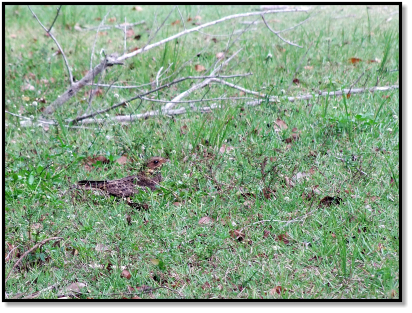
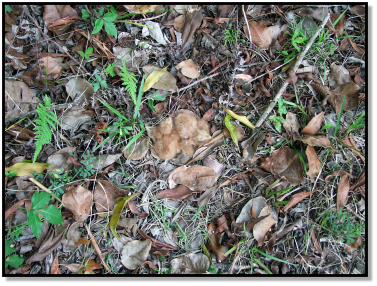
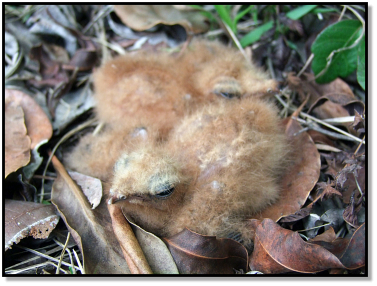
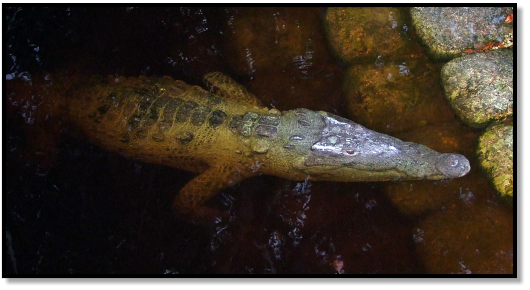
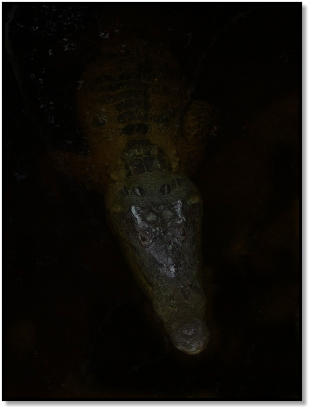
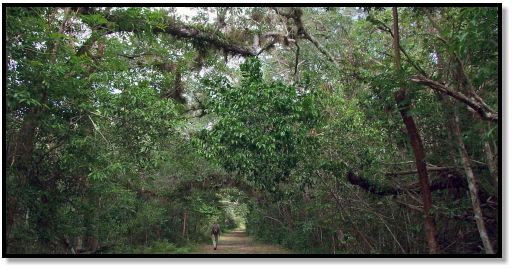
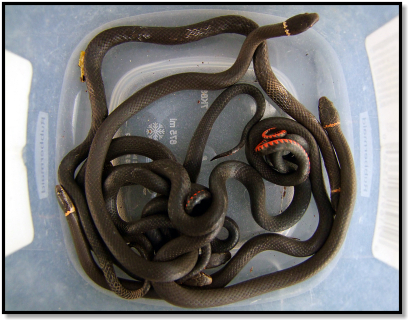

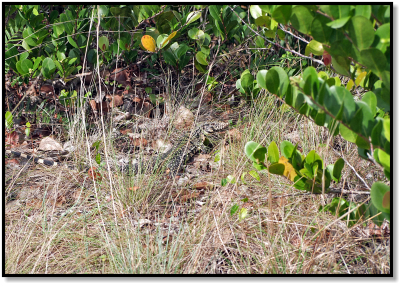
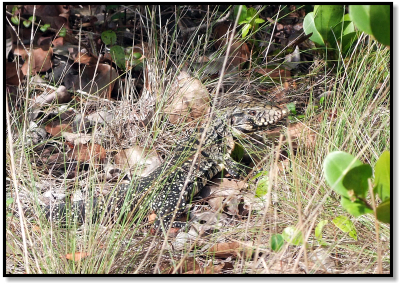
Southern Ringneck Snake
Diadophis punctatus punctatus
Black-and-White Tegu
Tupinambis merianae
American Crocodile
Crocodylus acutus

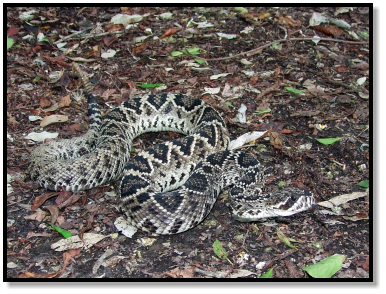
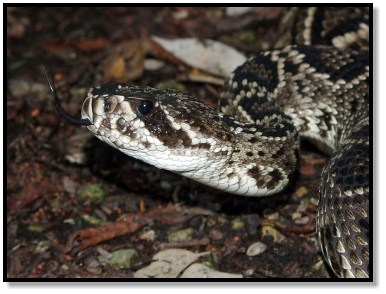
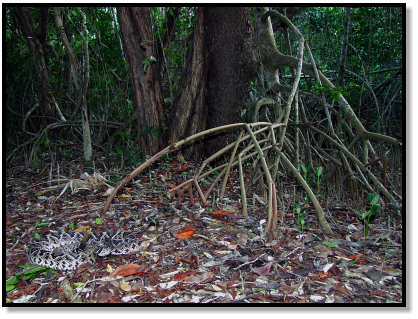
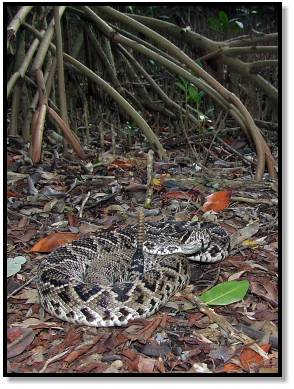
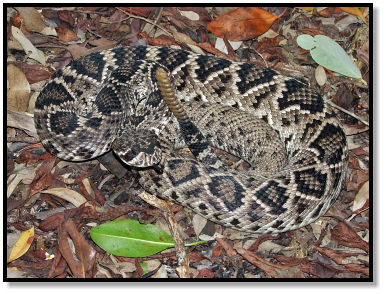
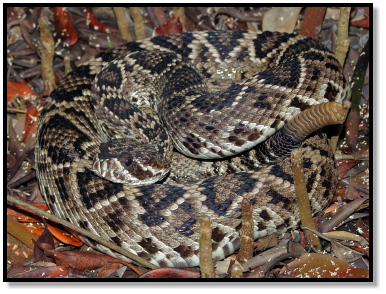
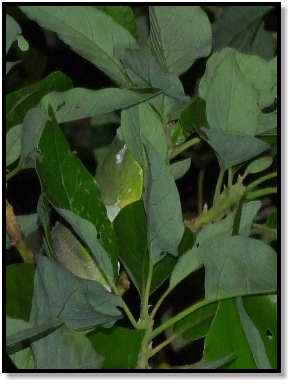
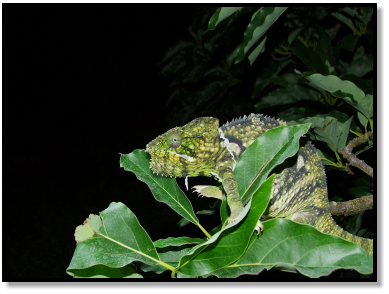
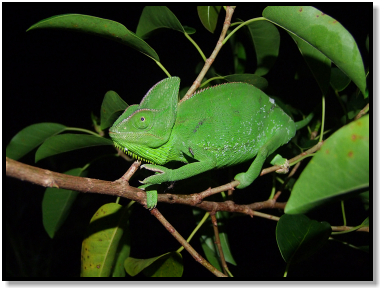
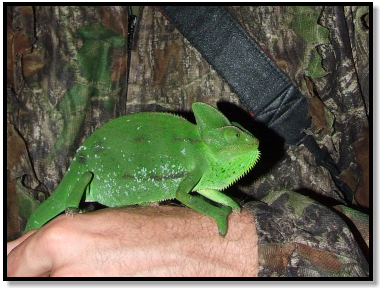
Oustelet’s Chameleon (female)
Furcifer oustaleti
Eastern Diamondback Rattlesnake
Crotalus adamanteus







